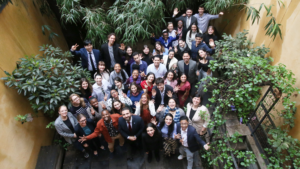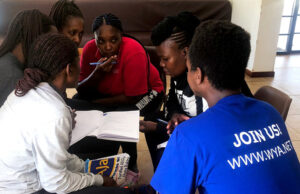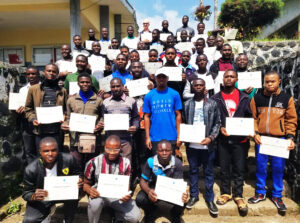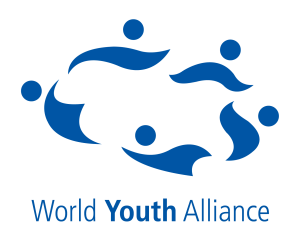World Youth Alliance Europe contributed to the celebration of the European Day of Safe Birth and Motherhood with the presence of Antoine Mellado, WYA Europe’s director of advocacy as one of the panelists at the Conference on Safe Birth and Maternal Health.

The death of a mother not only affects her family and put their children at a disadvantage, but it affects their whole community. Mothers, as caretakers, educators and providers are often at the center of their society. Therefore, this is a problem that must be among the main political priorities.
Despite the great progress that has been made in the past years, the world is still far from its goal. In 2015, 300,000 women died for pregnancy related causes. Most of them occurred in the developing countries. However, there are also many challenges in the Europe region to achieve the goal. In Europe, motherhood is still risky where 2,000 women die every year due to pregnancy related causes.
With regards to the European countries, there are many differences among them. In regions like South Tyrol and Germany many maternity clinics are being shut down due to a lower number of births. Many European health centers also lack skilled birth attendants. In Germany, most of the midwives are attending more than one woman at the same time. Frequently women have to undergo many interventions like C-sections or routine episiotomy when it is not needed because it is better for the hospital administratively speaking. These interventions have consequences on the mother and the child like asthma, injury and trauma. Research has shown that clinics with the best outcomes are those with the least interventions. The safety, confidence and comfort of the mother are essential for the well-being of the mother and the child.
With regards to developing countries, historical examples demonstrate that maternal mortality can be reduced without a lot of financial resources. The professional training of the birth attendants can lead to a great reduction in the maternal mortality ratio (MMR), as it happened in Sweden in 1751. There, the introduction of midwives alone reduced the MMR by 46%. Along with birth attendants, education of the people about a woman’s needs throughout pregnancy is also an important tool to reduce MMR. After this implementations, when the country is able to create a full medical infrastructure, then technology can reduce MMR  even further.
even further.
In conclusion, the speakers agreed that an important initial step is to do more research to better understand the main complications that affect women during pregnancy. Second, it is necessary to have a women-oriented approach in the maternity clinics. We need a more humanized system that ensures the rights of the mother and the child and make them aware of their inviolable dignity. Women should be able to take decisions themselves about the interventions and deserve a personal and respectful approach during pregnancy and birth. Finally, education of midwives and families in the developing countries is essential to reduce MMR in their communities. To achieve these, it is urgent that maternal health is counted as a main political objective, as it is a very serious issue for the family and for the whole community.
Written by Ines Lobo Lozano, a World Youth Alliance Europe intern from Spain.







